Can you feel that? Yep, summer is here, and it’s bringing the heat.
Before you head out for a day of fun in the sun, there’s something important we need to talk about – keeping our pets safe and cool during those scorching hot days.
Sure, summer brings with it endless opportunities for outdoor adventures with our four-legged companions.
From leisurely walks in the park to thrilling hikes in the mountains, there’s no shortage of ways to enjoy the great outdoors together. But amidst all the excitement, it’s crucial to remember that our pets aren’t equipped to handle the heat quite like we are.
Think about it: while we can simply slip on a pair of sunglasses and slather on some sunscreen to beat the heat, our pets rely on us to keep them cool and comfortable when temperatures soar.
And trust me, folks, it’s not as simple as setting up a kiddie pool in the backyard and calling it a day (although, let’s be real, who wouldn’t love a refreshing dip in the pool on a hot summer day?).
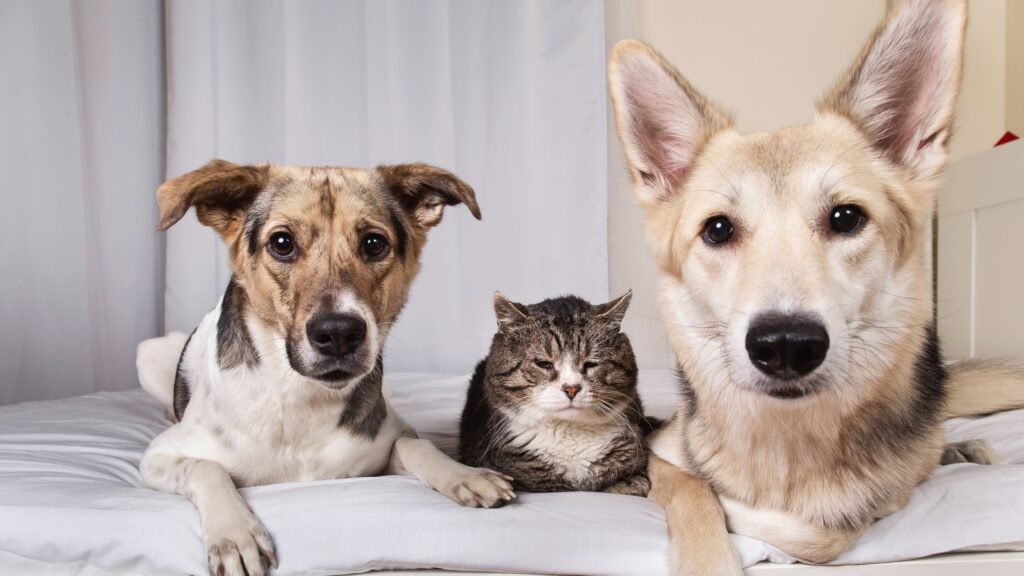
Recognize Heat Stress
First things first, it’s important to be able to recognize the signs of heat stress or heatstroke in your pet so you can take action quickly.
Heatstroke occurs when pets can’t dissipate heat effectively, leading to dangerously high body temperatures (over 41°C) and central nervous system dysfunction.
Dogs are particularly vulnerable due to differences in their physiology and thermoregulation compared to humans. Risk factors include hot, humid environments, excessive physical activity, obesity, large body weight (over 15 kg), certain breeds (like Labrador Retrievers and brachycephalic breeds), upper airway obstructions, and prolonged seizures.
Common signs of heatstroke in dogs include rapid breathing (tachypnea), collapse, spontaneous bleeding, shock, and mental abnormalities such as depression, disorientation, seizures, and coma. If you notice these signs, move your pet to a cooler area immediately, offer water, and contact your veterinarian.
For more detailed information on the pathophysiology of canine heatstroke, check out this review on NCBI.
Hydration is key!
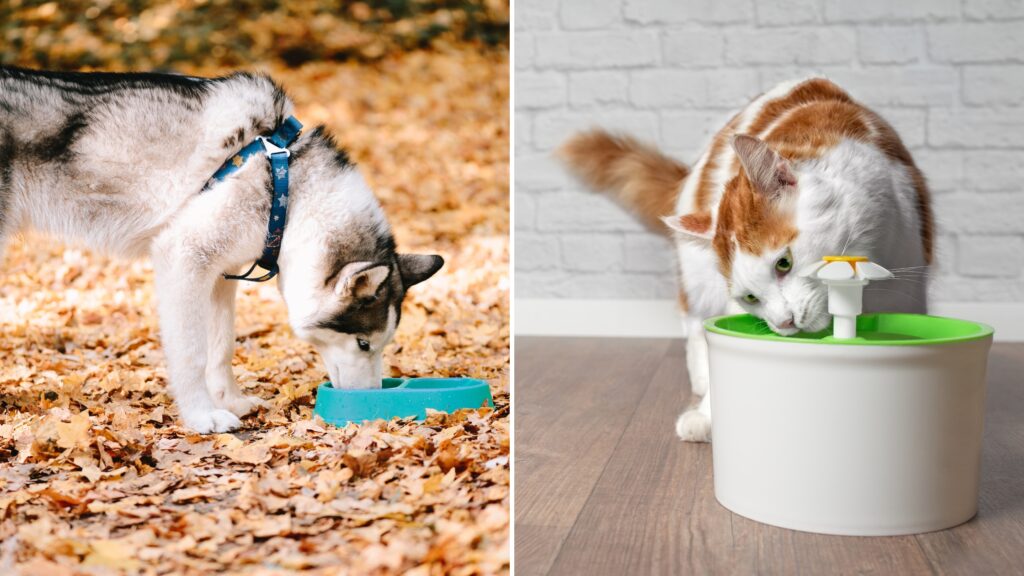
Just like us, pets need to stay hydrated, especially when it’s hot outside. Always make sure your pet has access to fresh, clean water.
If you’re out and about, bring a portable water bowl and a bottle of water for your pet. And if you have a cat, consider adding an extra water dish in a cool spot in the house.
Some pets even love ice cubes in their water – it’s like a fun little treat that also keeps them cool!
Find the Shade
When your pet is spending time outdoors, it’s crucial to provide them with plenty of shade to escape the sun’s rays. Seek out shaded areas in your yard, such as under a tree, a covered porch, or a gazebo.
If you’re planning a day at the park or the beach, bring along a portable shade tent or umbrella to create a shady spot for your pet to relax.
For indoor cats, consider closing blinds or curtains during the sunniest parts of the day to keep your home cooler and more comfortable for them.
Time Your Outings Right
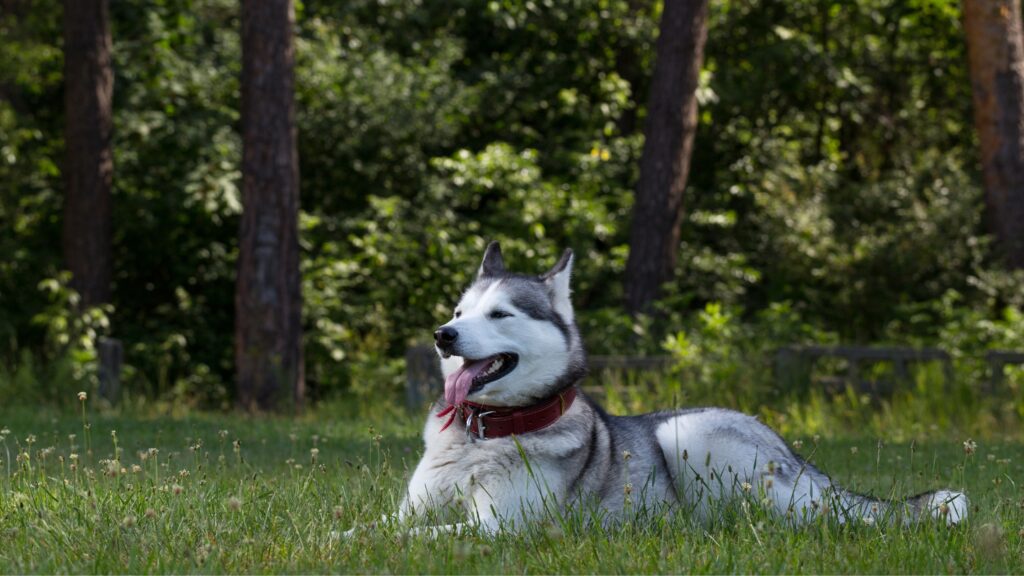
Avoid taking your pet out for walks or outdoor activities during the hottest parts of the day, typically between 10 a.m. and 4 p.m.
Instead, opt for early morning or late evening outings when temperatures are cooler. Before heading out, test the pavement with the back of your hand – if it’s too hot for you, it’s too hot for your pet’s paws.
Hot pavement can cause burns and discomfort for your furry friend, so stick to grassy areas or shaded paths whenever possible. And don’t forget to bring along water and take breaks in the shade during your adventures.
Cool Treats and Fun
One of the best ways to help your pet beat the heat is by treating them to some cool snacks and toys.
Get creative with frozen treats like ice cubes made from low-sodium broth or blended fruit, or make pet-friendly popsicles using yogurt or pureed pumpkin.
You can also freeze their favorite toys or treats in ice for a fun and refreshing activity. Just be sure to supervise your pet while they enjoy their frozen goodies to prevent any choking hazards.
Grooming Tips
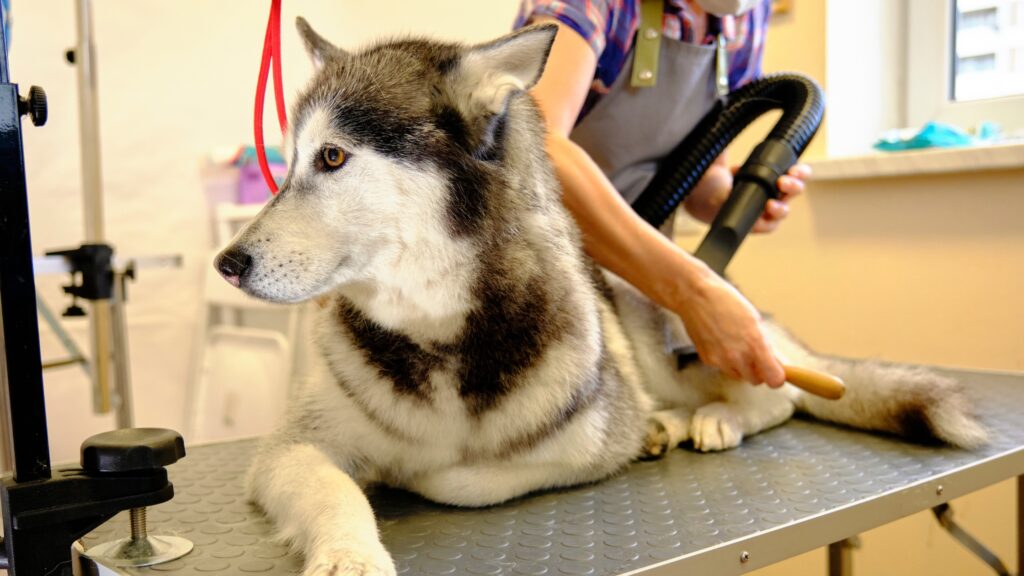
Regular grooming is essential for keeping your pet comfortable during the summer months.
Brushing helps remove loose fur and prevents mats, which can trap heat and make your pet feel even hotter. However, avoid shaving your pet’s fur too short, as their coat provides insulation and protection from the sun.
Instead, opt for a light trim to keep their fur manageable and help them stay cool. And don’t forget to brush your pet’s teeth regularly to prevent dental issues, which can be exacerbated by the heat.
Indoor Cool Spots
When the heat is unbearable outside, create a cool and comfortable environment for your pet indoors.
Choose a room in your home that’s air-conditioned or well-ventilated, and set up a cozy spot for your pet to relax. Tile floors can be especially cool and soothing for pets to lie on, so consider placing their bed or a cooling mat in a tiled area.
You can also use fans or air conditioners to help regulate the temperature and keep your pet comfortable during the hottest parts of the day.
Consider Your Pet’s Breed and Age
Keep in mind that certain breeds and age groups are more susceptible to heat-related issues than others.
Brachycephalic breeds, such as Bulldogs and Pugs, are particularly prone to heatstroke due to their short noses and respiratory issues.
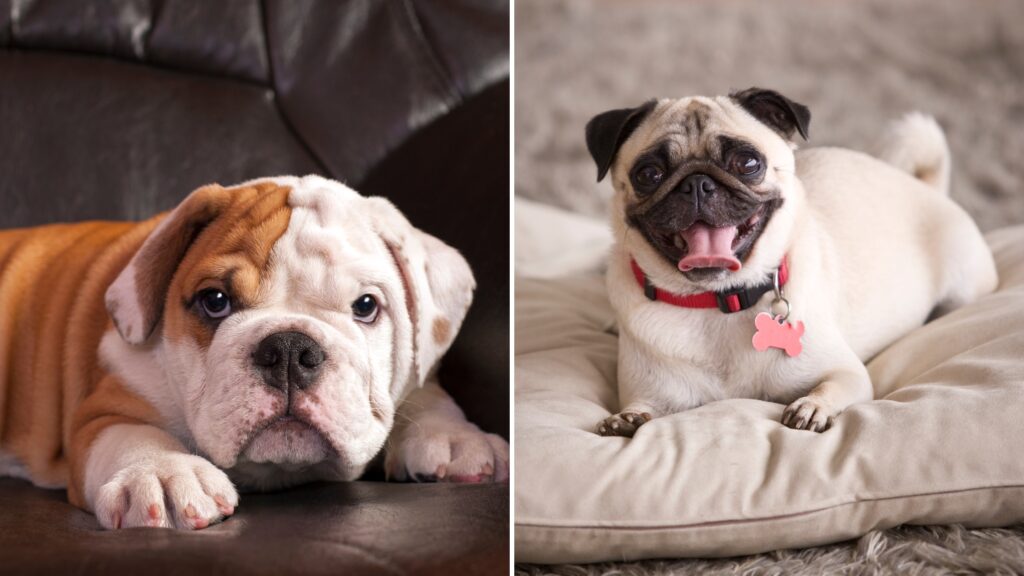
Older pets and those with pre-existing health conditions may also struggle to regulate their body temperature effectively.
Take extra precautions with these pets, such as limiting their time outdoors in hot weather and providing plenty of shade and water.
Never Leave Your Pet in a Parked Car
Leaving your pet in a parked car, even for just a few minutes, can have deadly consequences.
On a hot day, temperatures inside a parked car can soar to dangerous levels within minutes, putting your pet at risk of heatstroke and even death. If you need to run errands, leave your pet at home where they’ll be safe and comfortable.
For more detailed information on the dangers of leaving pets in parked cars and tips on how to keep your furry friend safe during road trips, check out our blog post: Is It Safe to Leave Your Pet Alone in the Car?
Monitor Humidity Levels
In addition to temperature, humidity plays a significant role in how comfortable your pet feels in the heat.
High humidity can make it more difficult for pets to cool down through panting and evaporation, leading to increased risk of heat-related illness. Pay attention to the heat index, which takes both temperature and humidity into account, and adjust your activities accordingly.
On particularly humid days, it’s best to keep outdoor activities to a minimum and provide plenty of opportunities for your pet to rest and cool off indoors.
Stay in Touch with Your Vet
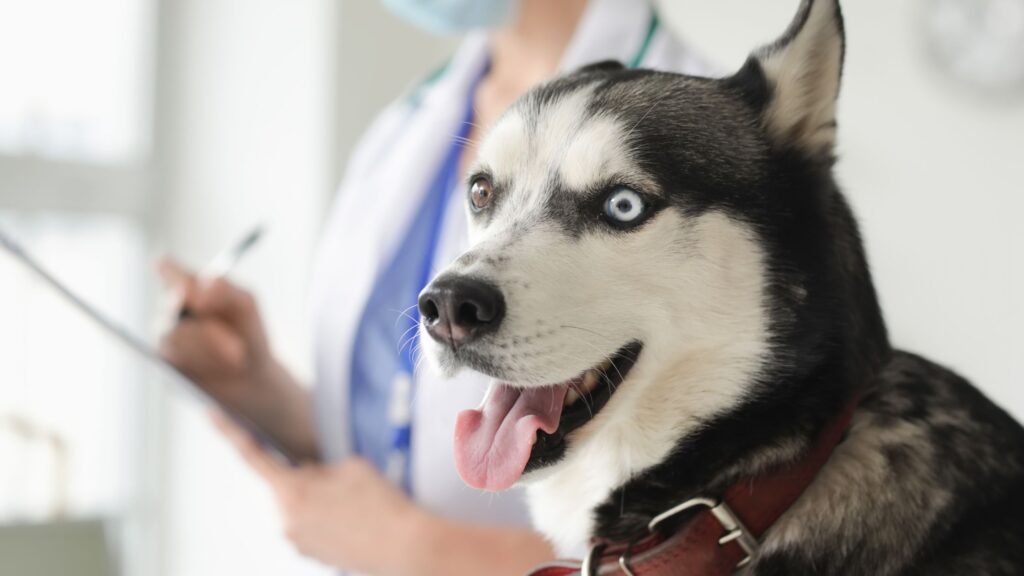
Finally, stay in regular contact with your veterinarian during the summer months.
Your vet can offer personalized advice based on your pet’s specific needs and health conditions, as well as provide recommendations for keeping them safe and comfortable in the heat.
If you have any concerns about your pet’s health or behavior during hot weather, don’t hesitate to reach out to your vet for guidance and support.
There you have it – a bunch of tips to help keep your pet cool and comfortable during those hot summer days.
Remember, a little preparation can go a long way in ensuring your furry friend stays safe and happy.
Enjoy the sunshine and keep those tails wagging!